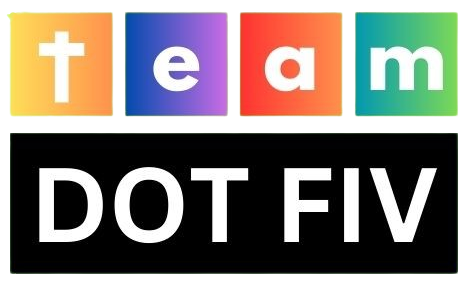Understanding the Debt Snowball:
The Debt Snowball method is all about gaining momentum and motivation through small victories. Here’s how it works: you list all your debts from smallest to largest, regardless of interest rates. Then, you focus on paying off the smallest debt first while making minimum payments on the others. Once the smallest debt is paid off, you roll the amount you were paying on it into the next smallest debt. This snowball effect continues until you’ve cleared all your debts.
Benefits of the Debt Snowball:
- Psychological boost: Paying off smaller debts quickly provides a sense of accomplishment and motivates you to keep going.
- Simplified approach: By focusing on one debt at a time, you can streamline your efforts and avoid feeling overwhelmed.
- Momentum: As you eliminate debts, you free up more money to tackle larger ones, accelerating your progress.
Understanding the Debt Avalanche:
The Debt Avalanche method takes a more strategic approach by prioritizing debts with the highest interest rates. Here’s how it works: you list all your debts by interest rate, from highest to lowest. Then, you allocate extra funds towards the debt with the highest interest rate while making minimum payments on the others. Once the highest-interest debt is paid off, you move on to the next highest, and so on.
Benefits of the Debt Avalanche:
- Cost-effective: By targeting high-interest debts first, you minimize the amount of interest you pay over time, potentially saving you money.
- Efficient use of resources: You focus on paying off debts that accrue the most interest, which can help you become debt-free faster.
- Long-term savings: Eliminating high-interest debts early can free up more money in the long run for saving or investing.
Choosing the Right Strategy for You:
Now that you understand the differences between the Debt Snowball and Debt Avalanche methods, how do you decide which one is right for you? Consider the following factors:
- Personality and Motivation: If you thrive on quick wins and need the psychological boost of seeing progress, the Debt Snowball may be more suited to your style. On the other hand, if you’re motivated by long-term savings and are willing to tackle high-interest debts first, the Debt Avalanche might be a better fit.
- Financial Situation: Take stock of your current financial situation, including your income, expenses, and debt amounts. If you have high-interest debts that are eating away at your budget, the Debt Avalanche could help you save money in the long run. However, if you have several small debts that you want to clear quickly for peace of mind, the Debt Snowball might be more appealing.
- Interest Rates: Compare the interest rates on your debts to determine which ones are costing you the most money. If you have debts with significantly higher interest rates than others, prioritizing those with the Debt Avalanche method could lead to greater savings over time.
Conclusion:
Debt management is a journey, and there’s no one-size-fits-all solution. Whether you choose the Debt Snowball or Debt Avalanche method (or a combination of both), the key is to stay committed and consistent in your efforts. By taking control of your debt and implementing a strategy that aligns with your goals and preferences, you can pave the way to a brighter financial future. Remember, every step you take towards paying off your debts brings you one step closer to financial freedom.





 No products in the cart.
No products in the cart.